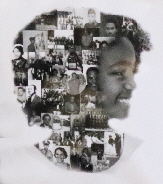African American Heritage Trail
#6
Military Service
Sign #6 at 102 N. Maple Street
Clark County’s black men and women have regularly answered their country’s call to arms in numbers greater than their portion of the population. For most of our history, they served in segregated units. The U.S. Armed Forces were not fully integrated until 1954 when the last all-black unit was deactivated.
John Sidebottom (ca. 1750-1823)
A Revolutionary War veteran from Virginia, credited with saving the life of future president, James Monroe, at the battle of Trenton. Moved to Kentucky after the war, operated the ferry at Boonesborough, then moved to a farm in Clark County. Sidebottom received a military pension for his war service.
John Sidebottom enlisted in 1775 in Prince William County, Virginia. He and his brother Joseph served in the company of Capt. Cuthbert Harrison, then re-enlisted in the company of Capt. Charles West of the 3rd Virginia Regiment. He fought at New York, Brandywine and Germantown, but most memorably in the Battle of Trenton on December 26, 1777. This was the famous battle where Gen. George Washington led his army across the icy Delaware River on Christmas night and fell on a Hessian garrison the next morning taking nearly a thousand captives, while losing only two of his own men. Lt. James Monroe was badly wounded in the battle and was carried to safety by two men, one of whom was John Sidebottom.
“For more than 200 years, African-Americans have participated in every conflict in U. S. history. They have not only fought bravely the common enemies of the United States but have also had to confront the individual and institutional racism of their countrymen.”
—Retired Lt. Col. Michael Lee Lanning
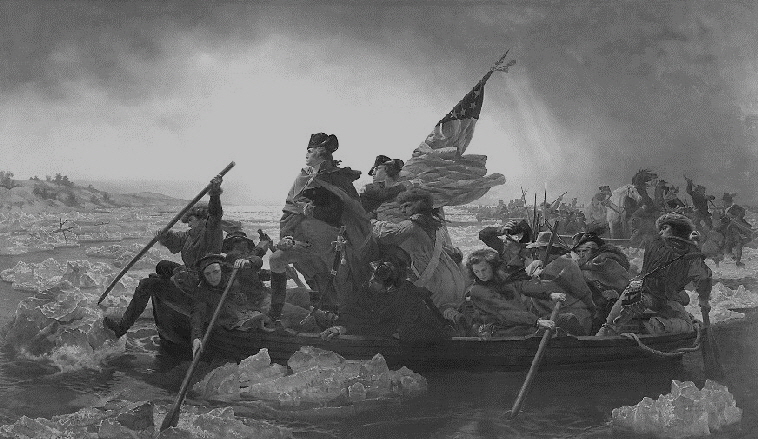
Emanuel Leutze’s famous painting, “Washington Crossing the Delaware”
Thomas B. Miller (1918-2012)
In the summer of 1942, Thomas Miller married Ann Taylor; she was 19, he was 22. Three months later he was called up for the draft in World War II. Miller was sent to Alabama, where he began training as part of the ground crew for the famed Tuskegee Airmen, the country’s first black military pilots. He was then posted to Italy with the 99th Fighter Squadron, one of four units of the 332nd Fighter Group. He received a Congressional Gold Medal for service with the Tuskegee Airmen during the war. Miller later became a successful businessman in Winchester.
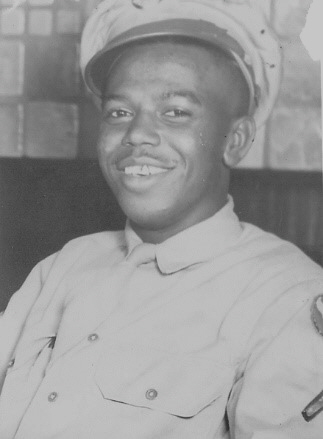
Buffalo Soldiers
“Buffalo Soldiers” was a term bestowed by Native Americans on the all-black Army regiments formed in 1866. One theory claims the nickname arose because the soldiers’ dark, curly hair resembled the fur of a buffalo. Others claim the soldiers fought so valiantly and fiercely that the Indians revered them as they did the mighty buffalo. Buffalo Soldiers included the 9th and 10th Cavalry and 24th and 25th Infantry. They served across the southwestern U.S. from 1866 to 1890. They earned a reputation for courage, while facing blatant racism and enduring brutal conditions.
For more about Buffalo Soldiers.
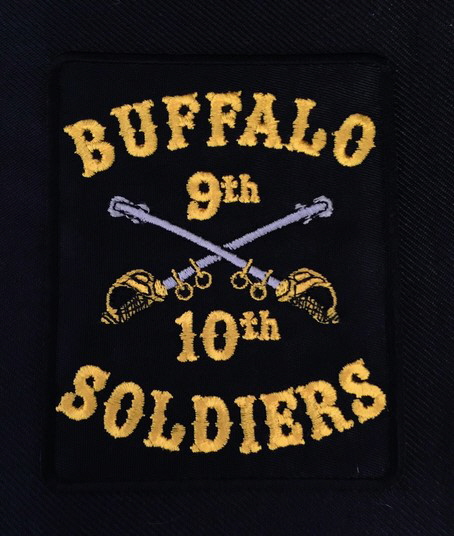
Jacob Wilks (1840-1922)
Born in slavery in 1840 in Clark County; owned by John P. Wilks. In 1863, Wilks enlisted in the 116th U.S. Colored Infantry at Camp Nelson. Was present at Appomattox Courthouse when Gen. Robert E. Lee surrendered. After the Civil War (1866), Sergeant Wilks of enlisted in the 9th U.S. Cavalry. He survived numerous engagements with the Apache and Comanche in Texas and New Mexico. In 1873 Wilks was leading a twelve-man detail delivering mail to Fort Bliss, Texas, when they were attacked at Eagle Springs by a large band of Apaches. They eventually drove off the Indians with the loss of one cavalryman.
A biographer reported that Wilks “contracted chrome disease from exposure in the line of duty.” He received an honorable discharge in 1876 and drew a military pension. He married Elizabeth Moore and raised six daughters in San Angelo, Texas.
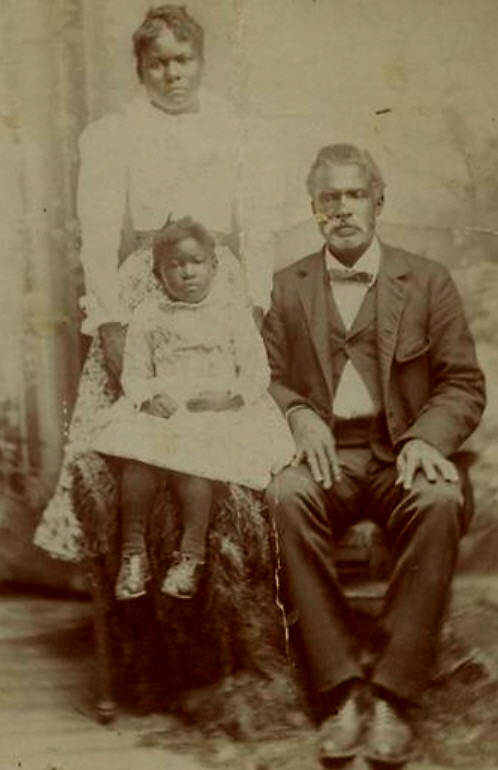
(Photo courtesy of Marti Lewis)
George Banks 24th Infantry
Charles Baxter 25th Infantry
George Bloomfield 10th Cavalry
George Boon 9th Cavalry
Richison Boon 9th Cavalry
Phillip Burch 9th Cavalry
John Cambell 9th Cavalry
Enoch Caromoch 25th Infantry
John T. Carroll 24th Infantry
George Carter 9th Cavalry
William Clay 10th Cavalry
Christopher Columbus 9th Cavalry
John Crutchfield 9th Cavalry
Fillman Cushenberry 9th Cavalry
Alford Cushonberry 9th Cavalry
Henry Eggleston 24th Infantry
Buffalo Soldiers from Clark County
Dudley Harris/Hains 9th Cavalry
George Hayes 24th Infantry
Perry Hood 9th Cavalry
Thomas Hutchens 24th Infantry
George Hutchinson 9th Cavalry
Jordon Jones 9th Cavalry
Richard Morgan 9th Cavalry
Joseph Quimby 9th Cavalry
John Scoggins 24th Infantry
Leonard Shelton 9th Cavalry
Zachariah Taylor 9th Cavalry
Silas Walker 9th Cavalry
Samuel Wheeler 9th Cavalry
Jacob Wilks 9th Cavalry
Elijah Williams 25th Infantry
Newton Williams 9th Cavalry
Isaac Young 25th Infantry
Source: Buffalo Soldier Roster at www.buffalosoldiersmuseum.com/soldiers.php; Irene and Frank Shubert, On the Trail of the Buffalo Soldiers II (Lanham, MD, 2004).
WINCHESTER BLACK HISTORY
AND HERITAGE COMMITTEE

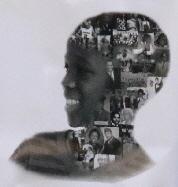
© 2019-2024, ALL RIGHTS RESERVED,
Winchester Black History and Heritage Committee
Website Designed and managed by Graphic Enterprises
